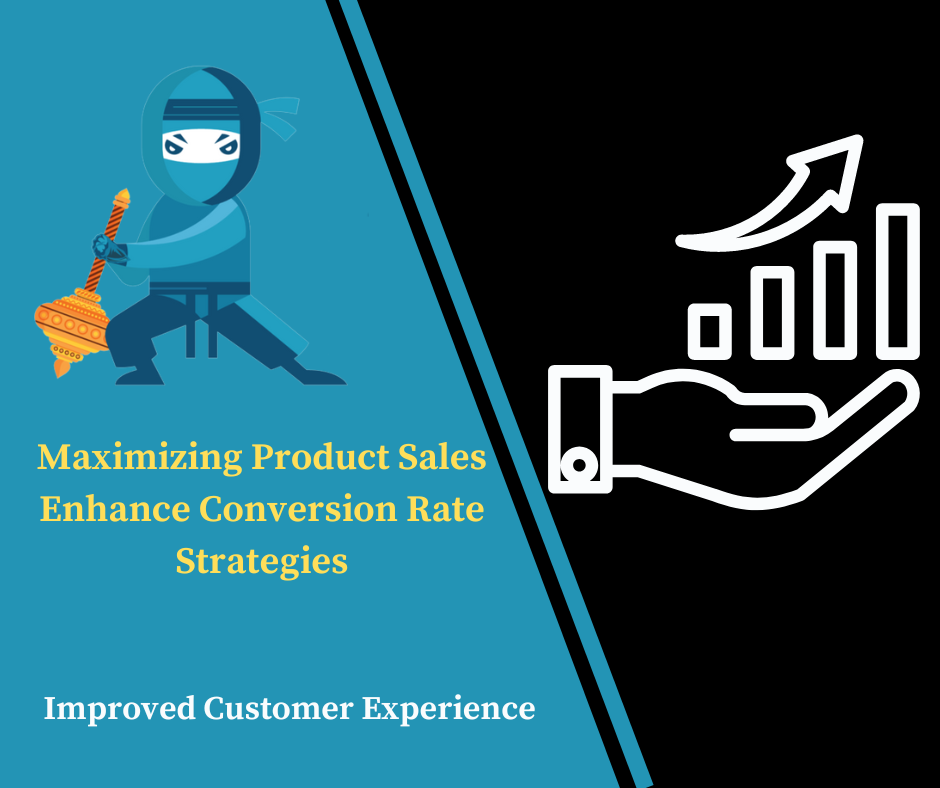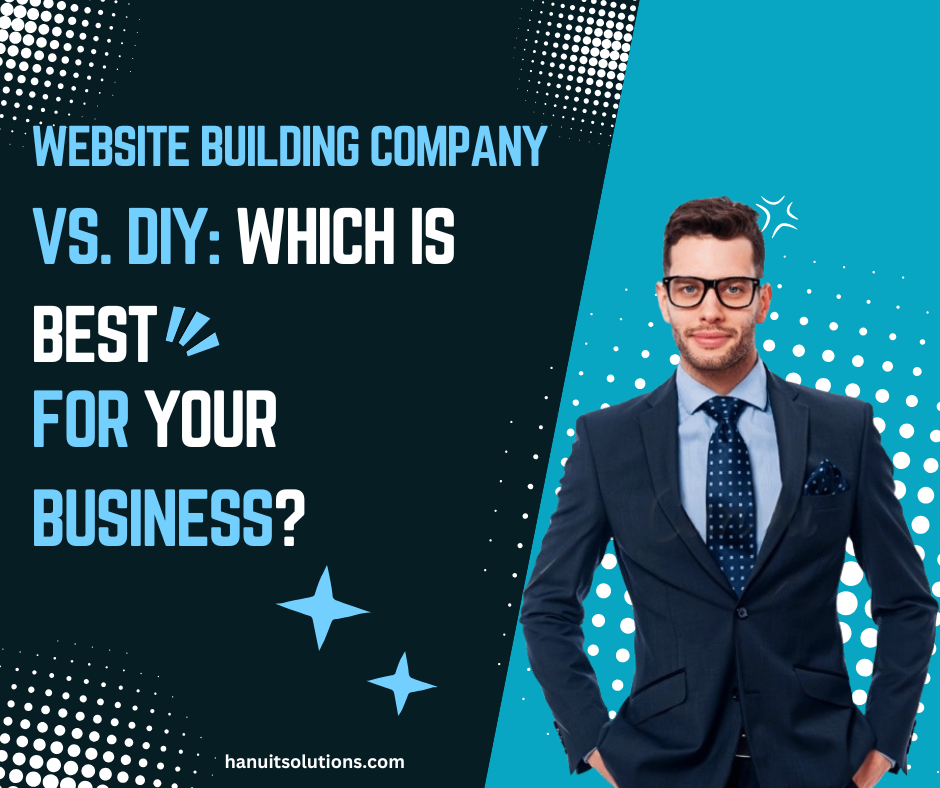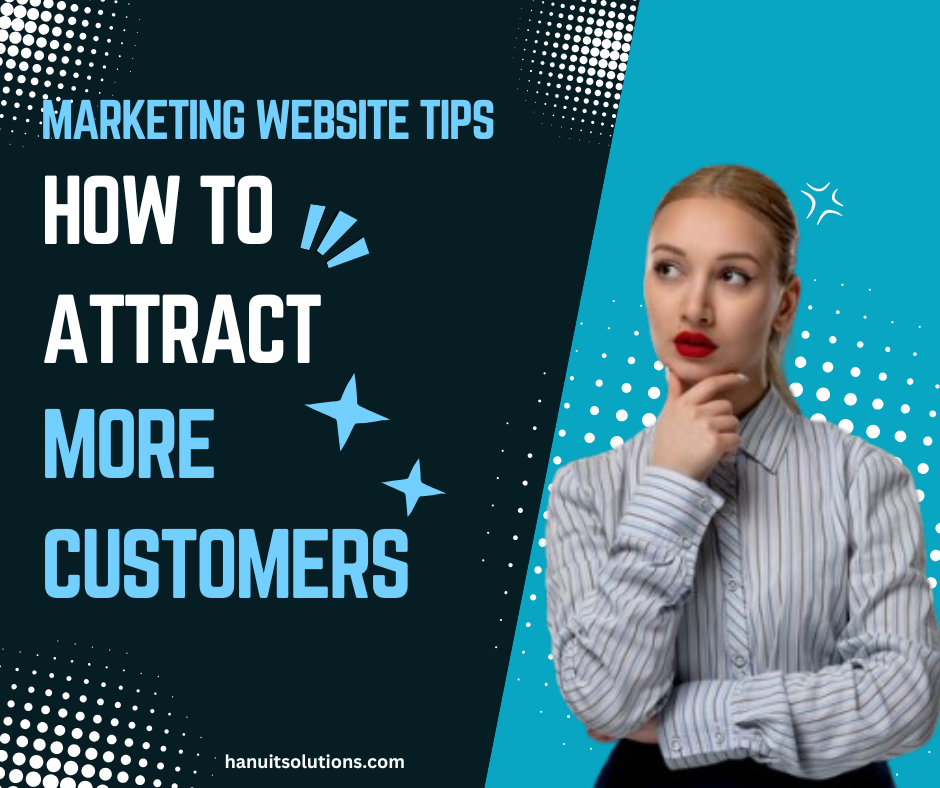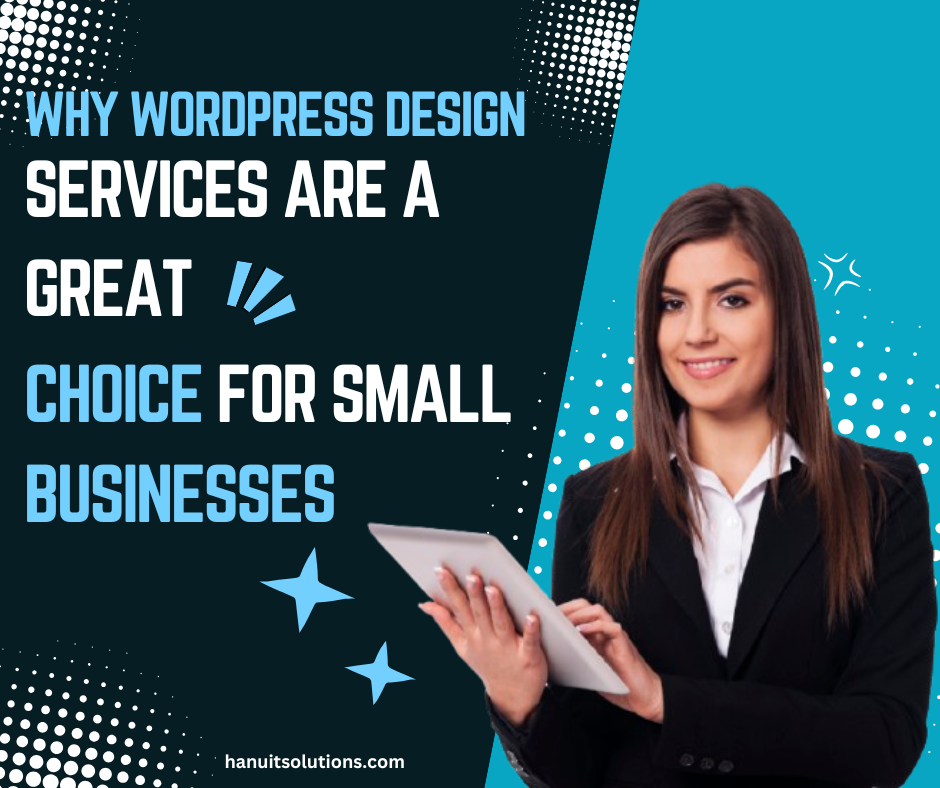Maximizing Product Sales: Enhance Conversion Rate Strategies
In the digital age, simply attracting visitors to your site isn’t enough to ensure success. To truly thrive, businesses must focus on maximizing product sales through effective conversion rate strategies. By optimizing your site and sales processes, you can turn more visitors into paying customers, ultimately boosting your revenue and achieving sustained growth.
What is Conversion Rate Optimization (CRO)?
Conversion Rate Optimization (CRO) refers to the practice of improving your website to increase the percentage of visitors who take a desired action, such as making a purchase. The goal is to enhance the effectiveness of your site in converting traffic into sales, thus maximizing product sales without necessarily increasing your traffic volume.
Strategies for Maximizing Product Sales
1. Enhance Website Usability
A seamless user experience is crucial for maximizing product sales. Your website should be easy to navigate, with clear and compelling calls-to-action (CTAs). Ensure that visitors can easily find what they’re looking for and complete their purchase with minimal friction. A well-designed, user-friendly site can significantly boost your conversion rates.
2. Utilize A/B Testing
A/B testing involves comparing two versions of a webpage to determine which performs better in terms of conversion rates. Test different elements like headlines, CTAs, or images to see what resonates most with your audience. By regularly conducting A/B tests, you can continuously refine your site and enhance its effectiveness in maximizing product sales.
3. Leverage Social Proof
Social proof, including customer reviews, testimonials, and user-generated content, can greatly influence purchasing decisions. Displaying positive feedback and endorsements from other customers can build trust and encourage visitors to make a purchase. Incorporate social proof into your product pages and marketing materials to enhance credibility and drive sales.
4. Optimize Product Descriptions and Images
Detailed and engaging product descriptions, along with high-quality images, are vital for convincing customers to buy. Ensure that your descriptions highlight the features and benefits of your products. Use high-resolution images and consider adding videos to showcase your products in action, helping visitors make informed purchasing decisions.
5. Implement Personalization
Personalization can significantly improve conversion rates by tailoring the shopping experience to individual users. Use data to offer personalized product recommendations based on browsing history and preferences. Personalized offers and suggestions can make customers feel valued and increase their likelihood of making a purchase.
6. Create a Sense of Urgency
Encouraging immediate action can boost conversion rates and maximize product sales. Implement strategies like limited-time offers, countdown timers, and low-stock alerts to create a sense of urgency. These tactics can prompt visitors to purchase before they miss out on a deal.
7. Enhance Mobile Experience
With the growing number of mobile shoppers, optimizing your website for mobile devices is essential. Ensure your site is responsive, loads quickly, and provides a smooth browsing and purchasing experience on smartphones and tablets. A well-optimized mobile site can help increase conversions and drive more sales.
8. Streamline the Checkout Process
A complex or lengthy checkout process can lead to cart abandonment. Simplify the checkout experience by reducing the number of steps, offering guest checkout options, and providing various payment methods. An efficient and hassle-free checkout process can significantly boost conversion rates and maximize product sales.
Also read: How to Boost Product Sales Conversion Rate Optimization Tips
What is a Good Product Sales Conversion Rate
A good product sales conversion rate can vary depending on the industry, type of product, and business model. However, here are some general benchmarks and considerations:
Industry Benchmarks
E-commerce: For e-commerce websites, a typical conversion rate ranges from 1% to 3%. Top-performing e-commerce sites may achieve conversion rates of 4% or higher.
B2B (Business-to-Business): B2B websites generally have lower conversion rates compared to e-commerce sites, with average rates around 0.5% to 2%. This is due to longer decision-making processes and more complex sales cycles in B2B transactions.
Lead Generation: For lead generation sites (where the goal is to collect contact information rather than direct sales), conversion rates can vary widely but typically range from 2% to 5%.
Factors Influencing Conversion Rates
1. Product Type: High-cost or complex products may have lower conversion rates compared to low-cost or simple products. Customers might require more research and deliberation before making a purchase.
2. Traffic Quality: High-quality, targeted traffic generally results in better conversion rates. If your visitors are well-targeted and interested in your products, they are more likely to convert.
3. User Experience: A well-designed website with a smooth user experience can lead to higher conversion rates. Factors such as website speed, ease of navigation, and a streamlined checkout process play a significant role.
4. Industry Standards: Different industries have different benchmarks. For example, a SaaS company might have a good conversion rate of around 2% to 5%, while a retail site might be satisfied with a 1% to 3% conversion rate.
5. Seasonality and Promotions: Conversion rates can fluctuate based on seasonality, promotions, and marketing campaigns. Special offers or seasonal trends can temporarily boost conversion rates.
Setting Your Benchmarks
To determine what constitutes a good conversion rate for your specific situation, consider the following:
1. Historical Data: Analyze your past performance to understand your current conversion rate and set realistic goals for improvement.
2. Competitor Analysis: Research conversion rates within your industry to gauge how your performance stacks up against competitors.
3. Customer Feedback: Gather insights from customers to identify any obstacles in the purchasing process that may be impacting conversion rates.
4. Continuous Improvement: Regularly test and refine your strategies to improve your conversion rate over time. Implement A/B testing, optimize your website, and address user experience issues to enhance performance.
Frequently Asked Questions
What is Conversion Rate Optimization (CRO)?
Conversion Rate Optimization (CRO) is the process of improving your website to increase the percentage of visitors who complete a desired action, such as making a purchase. By enhancing your site’s functionality and user experience, CRO aims to boost the effectiveness of your site in converting visitors into customers.
How can A/B testing help in maximizing product sales?
A/B testing allows you to compare two versions of a webpage to determine which one performs better in terms of conversion rates. By testing different elements and analyzing the results, you can identify the most effective strategies for improving your site’s performance and maximizing product sales.
Why is social proof important for boosting sales?
Social proof, such as customer reviews and testimonials, builds trust and credibility with potential buyers. Positive feedback from other customers can reassure visitors about the quality and reliability of your products, encouraging them to make a purchase.
How does personalization impact conversion rates?
Personalization enhances the shopping experience by offering tailored product recommendations and offers based on user’s behavior and preferences. This targeted approach can make customers feel valued and increase their likelihood of making a purchase, thereby improving conversion rates.
What role does mobile optimization play in maximizing product sales?
Mobile optimization ensures that your website provides a smooth and effective shopping experience on mobile devices. As more consumers shop on smartphones and tablets, a well-optimized mobile site can help increase conversion rates and drive more product sales.
Conclusion
Maximizing product sales involves more than just driving traffic to your site; it requires a strategic approach to conversion rate optimization. By enhancing website usability, utilizing A/B testing, leveraging social proof, optimizing product descriptions and images, implementing personalization, creating urgency, enhancing mobile experience, and streamlining the checkout process, you can significantly boost your sales and achieve greater profitability. Prioritize these strategies to stay competitive and turn more visitors into loyal customers.


















